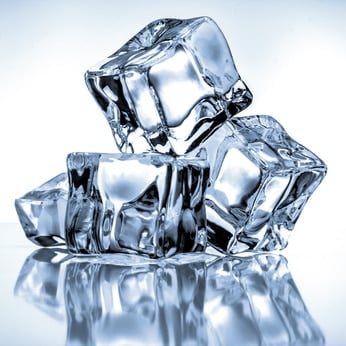
For years, athletes and weekend warriors alike have been following the “RICE” protocol as recommended initially by Dr G. Mirkin back in the 1970s. RICE stands for Rest, Ice Compression and Elevation.
Is this still valid?
Should we still be icing injuries?
Ice works by decreasing the blood flow to an area, thus temporarily diminishing the swelling and inflammation that accompanies most injuries —- (when the tissue rewarms … the inflammatory process resumes). But in the 1970s we knew very little about the healing process. We did not understand that inflammation is actually a very important initiating event of the overall healing process.
When you are injured, the blood vessels to the area dilate. That causes the swelling and warmth you notice. The increase in blood flow brings with it very potent chemicals, proteins and cells. Those chemicals and cells set off a cascade of reactions that we refer to as inflammation. More importantly, this is also what initiates the HEALING process. Yes, inflammation is a necessary part of the healing process. The inflammation chemicals send a message to other cells to come to the injured area… they also wake up sleeping or dormant cells already residing in the area of the injury. Those cells in turn start to repair the ligament, muscle or skin at the site of injury.
Ice can delay injury healing
It certainly seems counter-intuitive and is certainly contrary to everything we’ve been told in the past … but it appears to be true.
Most all recent literature (see below) shows that if you delay or inhibit the inflammation, you will also delay your healing.
Keep in mind… we now know far more about the role of inflammation in healing. Healing requires many different chemicals, proteins and new cells to repair the damage. Ice leads to a decrease in blood flow, a decrease in the amount of :
- potent chemicals
- Repair proteins
- Cells needed for repair
So keep in mind… anything that reduces inflammation, may also be reducing your chance at rapidly healing from an injury.
Stay ahead of the latest news regarding sports injuries by clicking here to receive our Sports Medicine Blog posts.
Things we do to limit inflammation include:
- Ice
- Anti-inflammatories (Ibuprofen, Naprosyn, Aspirin, etc)
- Cortisone injections
- Steroids
“But Ice Makes it Feel Better”
No doubt, icing an injured area makes it feel better. Using ice immediately following an injury and for a hours afterwards IS acceptable… but only in short bursts. Ice for 5 minutes at a time and then leave it off for at least 30 minutes to allow the blood flow to return to the area. After a few hours the ice will no longer be effective in managing the swelling and should be avoided.
After all … the goal of the entire healing process is to get you back in the game.
What’s your #GamePlan for your next injury?
Gary Reinl and Kelley Starrett discussing the issue of icing and injuries.
Those who are interested in learning more should read Gary’s book.. You can get it here.
- Journal of American Academy of Orthopedic Surgeons, Vol 7, No 5, 1999
- Knee Surg Sports Traumatol Arthrosc, published online Feb 23, 2014
- The American Journal of Sports Medicine, January, 2004;32(1):251-261
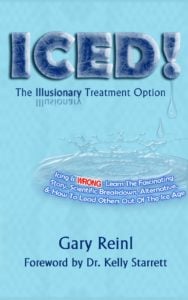


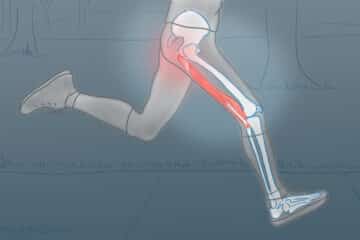
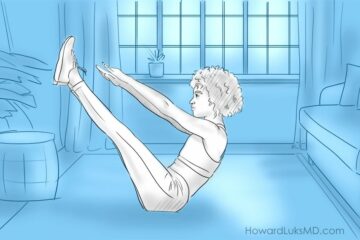
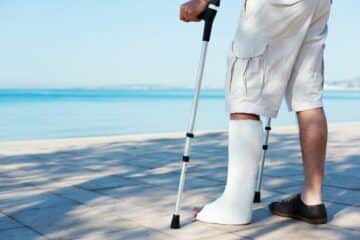
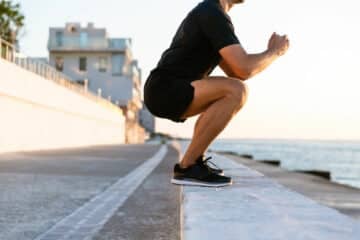




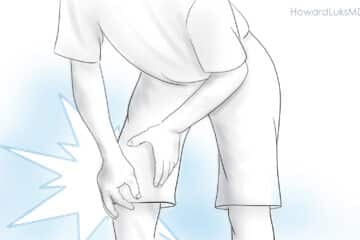



Hey I jus pulled my hamstring playing flag football. I didn’t plan on playing so I got on the field with Minimal warming up and also keep in mind I jus had a heavy leg workout the day prior. So of course being the smart person I am while I was show boating into the end zone I pulled my hamstring bicycling the the last 5 yards in I felt a pop an knew I pulled it. Should I not ice it? I just took a warm epsom bath should I use heat instead to increase blood flow?
Heat is often preferred. Good luck
Hello – my 21yo daughter was playing field hockey today in Australia & has rolled her ankle (I haven’t got any more specific information yet). She is a representative player & is wondering what the best treatment is for acute ankle injuries & also what to do as the days/weeks progress. If you have some advice for her, that would be great. Many thanks, Elizabeth
Avoid NSAIDs, avoid ice, elevate, start range of motion as soon as you can. Have someone assess the stability of the ankle. Physio is very important in ankle sprains to minimize the risk of chronic pain and instability.